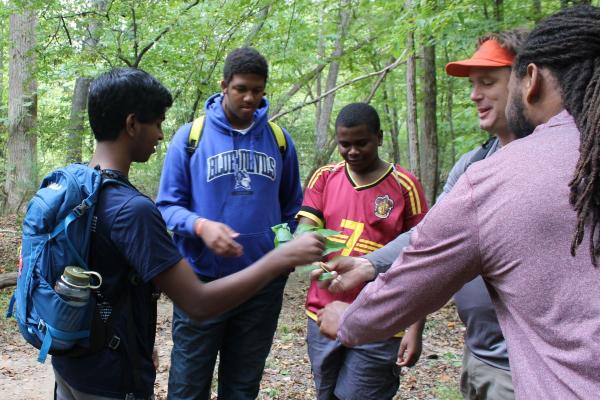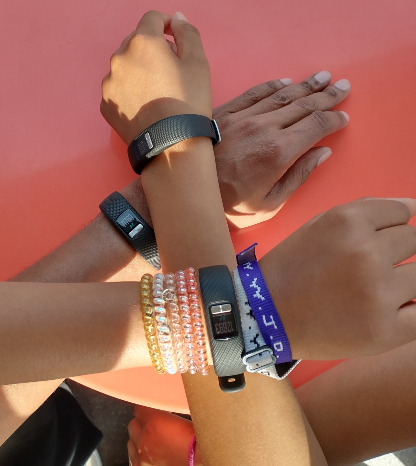
A new Duke University School of Medicine study shows that teaching teens how to navigate their neighborhoods – by bus, bike or on foot – can give their health a boost.
Durham Parks and Recreation, Durham teens, and pediatric experts at Duke developed a program called Going Places to help kids from under-resourced neighborhoods build the confidence and skills to get around their city.
The early results: more physical activity, more transit use, and more independence.
“We know that regular physical activity in youth leads to healthier habits and lower risk of chronic conditions later in life,” said lead study author Emily D’Agostino, PhD, associate professor in the Duke Department of Orthopaedics, director of Community-Engaged Research Practice in the Occupational Therapy Doctoral Division, and affiliate of the Duke Global Health Institute. “But not all youth have the same access to safe, reliable ways to be active.”
The Going Places program provides weekly workshops, field trips, fitness classes, and mentoring. It addresses childhood obesity and limited access to community resources while building what researchers call “transportation self-efficacy,” the ability for teens to get from point A to B on their own.
Seventy teens from the no-cost after school program participated in the study. Nearly 40% of them reported that before the study they never used public transportation, and more than half said they never walked or biked to school.
In focus groups, teens pointed to real-life challenges like too much traffic, lack of sidewalks, and concerns about safety. Many didn’t know they could get a free city bus pass.
After completing the program, teens showed a 12% increase in public transit use, a 26% jump in walking or biking to school, a 47% increase in self-reported physical activity, and an 18% rise in using public transportation without their parents, according to the study published in the American Journal of Public Health in May.

A Seed for Lifelong Learning
Jeffrey Forde, manager of Durham Parks and Recreation who oversees citywide teen programming from his Cornell Street office, described Going Places as “planting a seed” that could grow into a lifelong interest.
“Any experience that enhances their view of the world, whether that’s a bus ride downtown or taking a yoga class, can change a child’s trajectory,” he said.
On a camping and canoeing excursion to the Cashie River Treehouses, a teen asked, "'Mr. Forde, how much do you think a canoe costs?’ That showed me that just by giving him that experience, he found something that could be a hobby later in life.”
Still, the program faced challenges. Program consistency and participation was affected by gentrification in Durham as families moved away due to rising rents.
They also adjusted the curriculum when needed. “Not every family can afford a bike and helmet,” Forde said. Mentors stepped in with practical advice like walking with a buddy after dark or ending an activity early to ensure safety.
Scaling Up for Heart Health
But researchers say the model works and could work elsewhere. The flexible, community-based approach makes Going Places easy to adapt to other cities.
The study and programming received funding from the Duke Global Health Institute and Duke Clinical Research Institute. Forde, who served as a study co-author, said the experience showed teens that research works best as a partnership with everyone learning from each other.
“For the next phase, we’ve applied for funding to take this to a larger scale not just to confirm what we saw in our pilot study, but to show that it can actually move the needle on heart health, starting with something like lowering blood pressure,” said Christoph P. Hornik, MD, PhD, MPH, a Duke Health pediatric cardiologist and senior study author.
“What we’re really looking at is how helping teens feel more confident getting from place to place on their own can lead to more physical activity,” he added. “It’s a skill they develop over time, and it’s key to building healthy habits that last.”